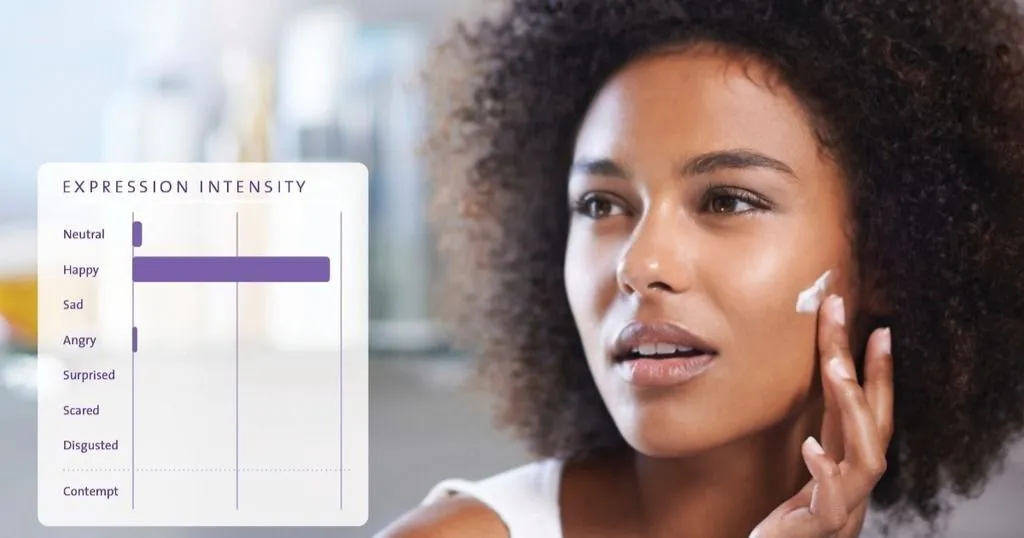From start to finish: decreasing abandonment when self-designing a product
Research shows that we like to design your own products, but often abandon the process before we're done. Does it help to provide feedback, and if so, what type of feedback works best?
Posted by
Published on
Mon 23 Oct. 2023
Topics

Many major companies offer their customers the option to design their own products - from personalized gifts to customized jewelry or shoes. In the first blog post of this series on consumer experience and abandonment behavior, you've read about changes in valence during the self-design process. In the second blog post, we zoomed in on the relationship between these experiences and abandonment of a self-designed product.
In this final blog post, we'll explore the possibility of influencing whether people finish their design or abandon the process. Does it help to provide feedback, and if so, what type of feedback works best? Read on to learn about the last two studies in the article by Krause and Franke.1
Unobtrusive observations with FaceReader
When people design their own product, their experience follows a U shape: they start out motivated, get disappointed along the way, but end up satisfied with their final design - if they choose to persevere, that is. Using FaceReader, researchers Krause and Franke were able to make unobtrusive observations of valence during this process.
They also studied abandonment behavior in more detail and found that three different types of valence - regarding design, process enjoyment, and process costs - played a role in whether people abandon or finish their products.
FREE WHITE PAPER: FaceReader methodology
Download the free FaceReader methodology note to learn more about facial expression analysis theory.
- How FaceReader works
- More about the calibration
- Insight in quality of analysis & output
Feedback improves expectations
Finally, the research team studied whether the right kind of feedback may help people to finish their designs. They focused on the timing, source, and form of this feedback.
Why choose to focus on feedback? Several studies on motivation suggest that positive feedback helps to improve expectations of an outcome.2 In turn, these improved expectations strengthen goal pursuit. Krause and Franke suggest that it might work the same when people are designing their own product. What if you provide people with positive feedback, just before that dip in the U shape?
Effects of different types of feedback in consumer research
Krause and Franke were interested in two sources of feedback: social and automatic. Social feedback refers to feedback from other users of the customization tool people are working with. One advantage is that people will probably view it as trustworthy, as the company itself is not involved. However, this also means that companies have no control over the feedback and that it may even be negative, which would actually decrease motivation.
Automatic feedback, on the other hand, is provided by the company. This way, they can ensure that people receive positive feedback, exactly at the time they need it the most to improve their valence. But will it work?
You may also like:
- How to measure consumer behavior
- 5 tips on how to measure facial expressions
- The influence of ad-evoked emotions on brand attitudes
Feedback and consumer experience
Krause and Franke studied the effects of social and automatic feedback regarding two aspects of the self-design process - whether people liked their design and whether they enjoyed the process. In their study, they asked 556 participants to customize a phone case with a real configurator, offering them the option to buy it afterwards. After three minutes, participants either received feedback on their product design or their mastery of the configurator. This was presented as social feedback from another user or provided as automatic feedback. In reality, both types of feedback were provided by the researchers.
| Social | Automatic | |
| Product design | "Wow. Great design. Looks really good. I like it a lot." | "Aesthetics of your current design: 96 (of 100) points." |
| Configurator mastery | "Wow. You obviously master the configurator well - are you an expert?" | "Professionalism of configurator handling: 96 (of 100) points." |
Feedback, valence, and abandonment
When analyzing their results, Krause and Franke found that social feedback reduced abandonment, while automatic feedback did not. Specifically, social feedback reduced a critical decline in valence - that dip in the U shape - for both product design and process enjoyment. In turn, this had a positive effect on the self-design process.
How to apply feedback to the self-design process
To gain even more practical insights into the use of feedback in self-designing, they studied whether different forms of feedback produced different results. In this study, they included feedback on the self-design process in the form of a picture and text, text only, or a points rating. Again, people received either social or automatic feedback.
A group of 549 participants received a vignette, describing a situation in which they designed their own phone case with a configurator. In these stories, people were presented with different forms of feedback. After reading them, participants were asked how likely they were to continue the self-design process.
RESOURCES: Read more about FaceReader
Find out how FaceReader is used in a wide range of studies and how it can elevate your research!
- Free white papers
- Customer success stories
- Featured blog posts
Social feedback is key
Interestingly, they found that it did not matter in what form the feedback was presented. Instead, their results showed a clear repetition of what they found before: social feedback works, while automatic feedback does not.
In conclusion, these studies show that social feedback during the self-design process can help motivate people to finish their creations. Of course, companies incorporating this type of feedback need to consider carefully how they do so.
In this study, automated feedback was constructed to look like real social feedback. It was the best way to study its effects on consumer experience. However, this is not an ethical solution for companies to use. Alternatively, it may work well to establish online communities that are related specifically to the company's configurators, to provide customers with genuine social feedback.
The best consumer experience
Krause and Franke's research on valence, abandonment, and feedback provides valuable insights to help companies provide their customers with the best experience in self-designing. Curious about other studies in consumer research? Or want to read about other applications of FaceReader? Be sure to check out other posts on our behavioral blog!
References
1. Krause, F.; Franke, N. (2023). Understanding Consumer Self-Design Abandonment: A Dynamic Perspective. Journal of Marketing, https://doi.org/10.1177/00222429231183977.
2. Fishbach, A.; Eyal, T.; Finkelstein, S. (2010), How Positive and Negative Feedback Motivate Goal Pursuit. Social and Personality Psychology Compass, 4(8), 517-530.
Related Posts

Four ways to study visitor behavior

In-home video recordings provide measure for more objective comparisons
